Introduction: Elsewhere
African cultures and cosmologies can provide a wealth of inexhaustible resources for the project of epistemic decentring. Having exhausted technoscientific reason and confronted the civilizational consequences of its impasses, new metaphors are required for the future. We must heed the call for a renewal of the very sources of the imaginary and of a thought coming from an elsewhere.
(Felwine Sarr Afrotopia 2019: 80, my emphasis)
When South African poet and statesman Keorapetse Kgositsile (1938–2018) was instructed by senior members of his party, the African National Congress (ANC), to flee the country into exile in 1961, he packed among his meagre belongings a corpus of Tswana literary classics. To him, they enshrined a set of valuables, of knowledge systems, aesthetics practices, cosmologies, and mythologies he could marshal to counter colonial modernity’s anti-Black warfare. As a revolutionary writer, he used the worlds from these classics as basis to assert the existence of other forms of being, knowing, and belonging that were otherwise to the Eurocentric, racist, capitalist, and Christian social orders imposed by colonialism and apartheid. The Tswana literatures that accompanied him into exile were material representations of the values instilled in his formative years, used as bridges to connect politics of the homeplace with those of his unfolding exile travels and writing life.
He arrived with this treasure trove in the nascent cultural and political ferment of the Black Power and Black Arts Movements (BAM) in the United States of America in 1962. He harnessed that Tswana archive – comprising dramas, novels, and an anthology of poetry – in his five collections of poetry published in the States with the intent to foster continuities between the African American struggle and the struggles of Black South Africa. Further, he understood the Black experience as connected, thereby embracing Black world politics as fundamentally opposed to the culture of Jim Crow, colonialism, and apartheid. Operating in this world of Blackness he sought to bridge geographical and linguistic chasms, to foster political solidarities through cultural relations with Black diasporans.
His literary corpus published in the States, as well as his political activities, illustrate an assertion of the existence of otherworlds within the dominant paradigm of anti-Blackness. These are the worlds to which the elsewhere in this book refers. The availability of these worlds, their active materialization in his life and work, and his intentional access to them shaped his radical imagination. Further, he produced otherwise grammars and registers of possibility from those elsewheres in his poetry, concepts and terminologies that point to ecologies of knowledge and being which he in turn deployed to dislodge and destabilize colonial modernity’s anti-Black social order. I borrow the ‘otherwise’ from Ashon Crawley who defines it as ‘a word that names plurality as its core operation, otherwise bespeaks the ongoingness of possibility, of things existing other than what is given, what is known, what is grasped’ (2016: 24). This book reveals those pluralities, the multiple worlds from which he constructs and coins his poetics of possibility.
The availability and surfacing of otherwise registers by Kgositsile branded his aesthetics and politics with a particular tenor that was deeply yearned for by his African American contemporaries. The worlds he shuttled in his suitcase couched revolutionary potential to diasporans who faced the loss of those worlds due to the Middle Passage, genealogical deracination, and the passage of time. They were negotiating their shifting group and individual identities, collectively, from ‘negro’ to Black, and individually adopted African names to repudiate their ‘slave names’, reflect their heritage, and reclaim institutionally decimated ties to the continent. They intuited the potential radical dimensions of other universals, modernities, and social orderings from the African continent, and Kgositsile’s work revealed and confirmed their inclinations. His work became exemplary and was emulated.
There are causal relationships between Kgositsile’s decision to carry these classics across the border and pivotal lessons learnt in the domicile environment of his young years. He grew up in rural Dithakong with his grandmother Madikeledi, who banned the English language in her home while simultaneously expecting young Kgositsile to receive a good report, that is, to attain first-class results at his British colonial primary school. In insisting upon seemingly contradicting values, Madikeledi initiated the co-existence of two world systems in young Kgositsile’s life, where the one world constituted foundational culture that embedded Tswana customs, cosmologies, and a sense of community, and the other world carried foreign value systems. Not only did the latter carry colonial culture, but it also occasioned a violent imposition of that culture onto local cultural worlds for purposes of assimilation. Madikeledi was conscious of this, and Kgositsile would later understand her stance to be political.
Madikeledi’s attitude demonstrated to young Kgositsile crucial positions: she grounded his cultural and political sensibilities in Tswana culture, customs, cosmologies, and a sense of community, while also equipping him with the confidence to engage and steep himself in encountered cultures, as long as they are not coercively imposed. In this dynamic, along his life journey, he would not fall into the trap of seeking to preserve or glorify the purity or harmony of his first culture. She instilled critical comprehension of home and community cultures of Setswana as dynamics of modernity, not its antithesis. That is, she instilled a view of Tswana culture as durable, malleable, fluid, porous, and relational as opposed to rigid, fixed, and ossifying. This is crucial as it underwrites Kgositsile’s assertion of continuities in his poetics between Tswana worlds and Black world politics, where the former operates in dynamic ways to shape and expand the politics of the latter. The two worlds became mutually reinforcing – with African American contexts also enriching Tswana knowledges – and co-operative in articulating a geographically unique radical tradition fashioned from a coeval elsewhere.
Madikeledi’s political and cultural position crucially groomed Kgositsile’s gravitation towards alignment with the mass liberation movement in South Africa, to join and participate in the public operations of the ANC and the South African Communist Party. In his understanding, her views on colonial culture and her need to anchor him in the otherworld of Setswana were coterminous with the views of the national liberation movement, an organized political expression of a cultural alternative to colonial culture. Hence Madikeledi represented the isolated sum of the organized whole, those who shaped and informed the desires and aspirations of the liberation movement. His peregrinations threw in sharp relief her struggle as tied to those of the masses.
In raising the value of home culture as first culture while not undervaluing or rejecting the English language and culture of his schooling system, Madikeledi seeded in young Kgositsile the confidence, adaptability, and dexterity to navigate two worlds and two knowledge systems from a young age. She eschewed their positioning as dichotomous and binary, thus flowering an interweaving practice that characterizes Kgositsile’s oeuvre. His work gathers and conjugates home culture with Black world culture, Southern African oral/aural traditions and literary cultures with those of African America, and Southern African liberation politics with the radical traditions of the Black world. Stephen Henderson writes of him: ‘Willie [Kgositsile] speaks from Black Africa to Black America; from Black America to Black Africa. He is of both worlds but not divided. There is a powerful harmony within him, a universal Blackness’ (1969: 118). His work holds together these two seemingly disparate worlds, bringing them into relation without privileging one over the other. I call this bridging and interweaving practice gathering work, a poetic of suture which I consider to be a matrilineally inherited heirloom.
The authors of Revolutionary Mothering, Pauline Gumbs, China Martens, and Mai’a Williams, define radical mothering as ‘the imperative to build bridges that allow us to relate across […] very real barriers’ (2016: 41). I regard this gathering work by Madikeledi as a deployment of Black motherhood towards political ends, used to impact futurity by seeding the desires for a liberated South Africa. She constructed what bell hooks (1990) calls the ‘homeplace as site of resistance’. Madikeledi’s radical mothering equipped Kgositsile with the tools that would later inform his rebellion, and I consider this bridge building work a world making enterprise. I take as foundational her home- and community-making practices, comprising of her deliberate diffusion and targeted transmission of intergenerational, ancestral, and lineage wisdoms and cosmologies, and interrogate Kgositsile’s witnessing of her acts as transgressive and political. I take seriously his harnessing of that living repository of knowledge and his imbrication of homeplace politics with the mass liberation movement in South Africa and in the Black world. The actively materializing archive of his formative years becomes the oral/aural worlds that converge in Kgositsile’s work, and I read Madikeledi’s politics of the homeplace as world-constituting forces, radical in so far as the boundaries of the Tswana cultural universe seeded in the home reshape a larger world than the local or national community and culture.
His mother, Galekgobe, whom Kgositsile joined in Johannesburg after Madikeledi’s passing, continued in the teachings of the elderly matriarch, imparting another crucial lesson unto young Kgositsile. These two women are the matrilineal force to which Kgositsile attributes his political and cultural sensibilities. Asked by Callaloo’s Charles Rowell, in 1973, to talk about some of his early experiences that had an impact on his writing, Kgositsile responded: ‘I would say that my earliest memories go back to two very strong women – my grandmother and my mother – in that order. Practically everything I write is tied up with some kind of wisdom I got from them in that hostile environment’ (1978: 23). When I interviewed Kgositsile in 2013, I asked him a similar question, to begin our dialogue with a discussion of his formative years, to trace the proverbial portrait of an artist as a young man, and he gave me the same answer. This tasked me to treat very seriously and with great care his assertion and affirmation to remain faithful, as he did, to this truth he told in 1973 and again forty years later. I began to pay closer attention to his poetry, short stories, interviews, and essays in order to read, hear, and sense where these women are mentioned, sounded, and referenced.
***
Buy here: Wits University Press | Amazon
Excerpt from KEORAPETSE KGOSITSILE & THE BLACK ARTS MOVEMENT: POETICS OF POSSIBILITY published by Wits University Press (SA) and James Currey Publishers. Copyright © 2024 by Uhuru Portia Phalafala.


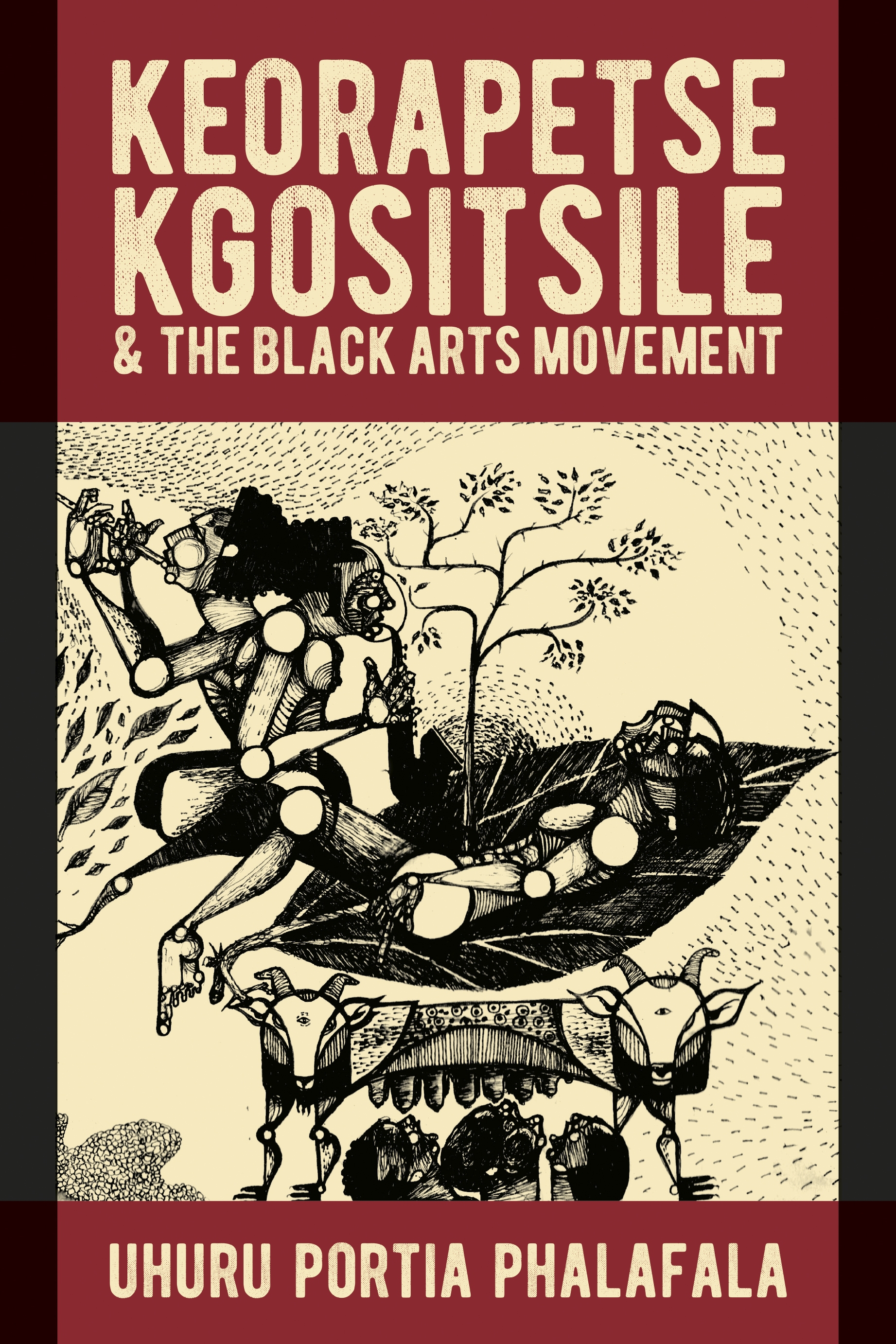
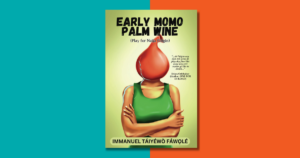
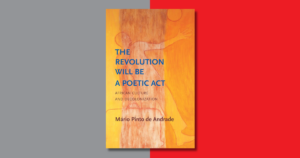
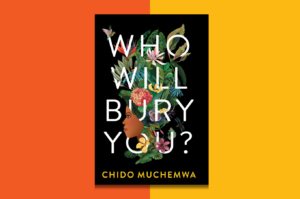
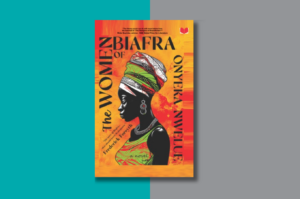



COMMENTS -
Reader Interactions